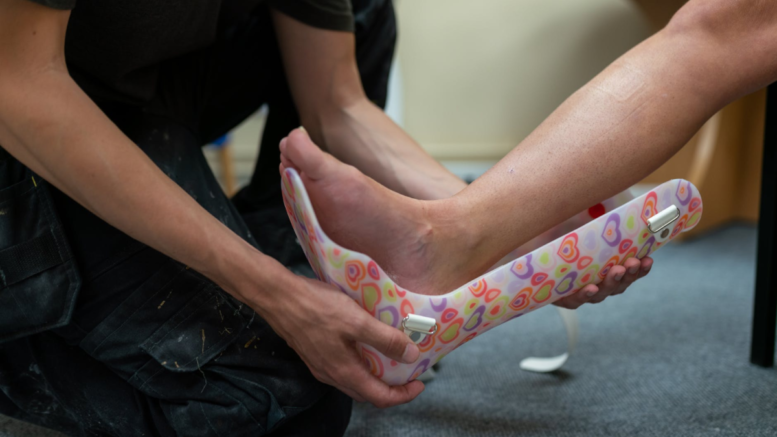Piriformis syndrome is a condition that affects the sciatic nerve, causing pain in the buttocks and radiating down the leg. It occurs when the piriformis muscle irritates or compresses the sciatic nerve, resulting in symptoms such as pain, tingling, numbness, and weakness in the legs. This article will provide an overview of Piriformis Syndrome, its causes, risk factors, diagnosis, and treatment options.
What is Piriformis Syndrome?
Piriformis syndrome is a neuromuscular disorder that occurs when the piriformis muscle, located deep in the buttock area, compresses and irritates the sciatic nerve. The sciatic nerve runs from the lower back to each leg and helps to control the movement of the legs and feet.
When this muscle spasms or becomes irritated it can cause pain and tingling sensations in your buttocks, hips, thighs, and lower legs. It has also been known to cause numbness or weakness in affected parts of your body.
How Does Piriformis Syndrome Affect A Person?
When a person suffers from piriformis syndrome they typically experience pain at the site of the piriformis muscle as well as pain that radiates throughout their lower back and down their legs.
The intensity of the pain is generally worse when there is pressure applied to the affected area or if the person moves in certain ways such as bending, stretching, or sitting for a prolonged period.
They may also experience tightness in the affected muscles and difficulty with activities such as going up stairs or running.
What Are The Symptoms Of Piriformis Syndrome?
The most common symptom of piriformis syndrome is hip and buttock pain that radiates down your thigh, calf, and into your foot. You may also experience numbness or tingling sensations in these areas.
Other symptoms may include weak gluteal muscles (the muscles around your buttocks), difficulty with activities such as going up stairs or running, and tightness in the affected muscles.
Top 8 Treatments and Medication for Piriformis Syndrome
If you’re suffering from Piriformis syndrome, your doctor might recommend the following:
- Physical therapy: Strengthening exercises can help to reduce the pain and tension associated with piriformis syndrome, as well as improve flexibility in the affected muscles.
- Anti-inflammatory medications: Nonsteroidal anti-inflammatory drugs (NSAIDs) such as ibuprofen or naproxen may be prescribed to help reduce inflammation and pain associated with piriformis syndrome.
- Muscle relaxants: These medications can help to relax the muscles surrounding the piriformis muscle, reducing tension and pain levels.
- Steroid injections: Corticosteroid injections may be used to reduce inflammation in severe cases of piriformis syndrome, leading to a reduction in pain and other symptoms.
- Trigger point injections: These injections are designed to target and break up tight muscle knots associated with piriformis syndrome, leading to a reduction in pain.
- Heat or cold therapy: Applying either heat or cold can be effective at reducing inflammation and relieving pain associated with piriformis syndrome.
- Surgery: In some cases, surgery may be necessary to remove the problem area of the piriformis muscle if other treatments have not been successful.
- Massage: A massage therapist can help release tight muscles that may contribute to piriformis syndrome, as well as increase blood flow and help reduce inflammation in the affected areas.
Piriformis Syndrome can cause extreme discomfort and pain. However, there are many treatments and medications available to help reduce the symptoms and improve a person’s quality of life. If you believe you may be suffering from this condition it is important to speak with your doctor as soon as possible in order to find the best treatment option for you.
Remember that it is important to seek medical advice if you think that you may have this condition so that proper treatment can be administered. With the right care, people can lead normal lives despite having piriformis syndrome.
